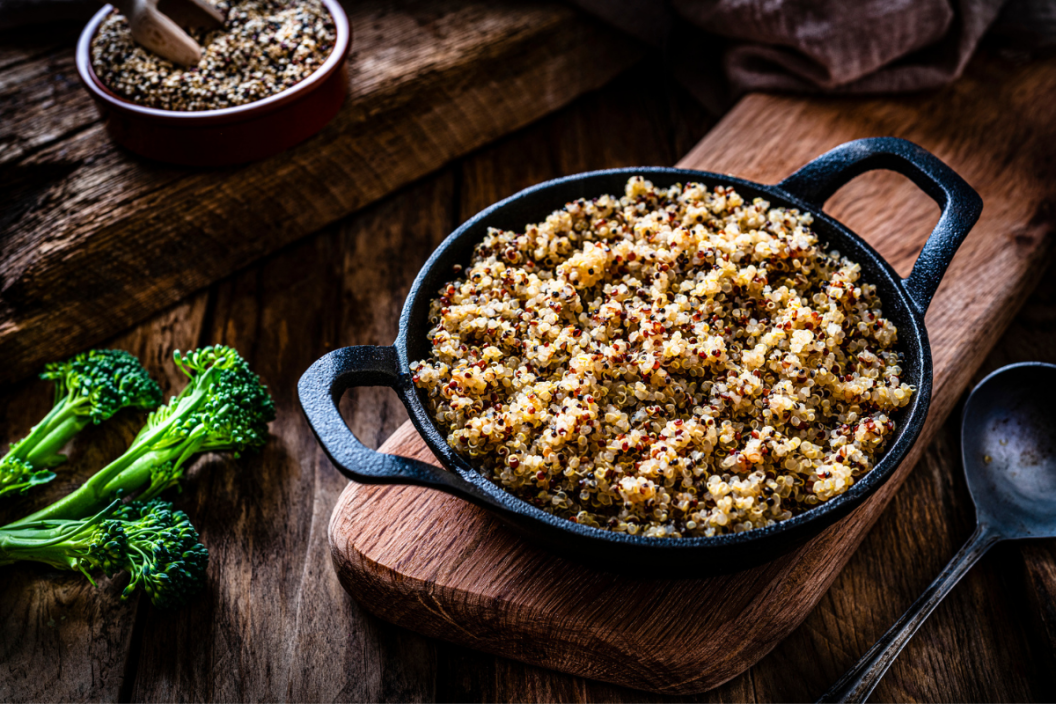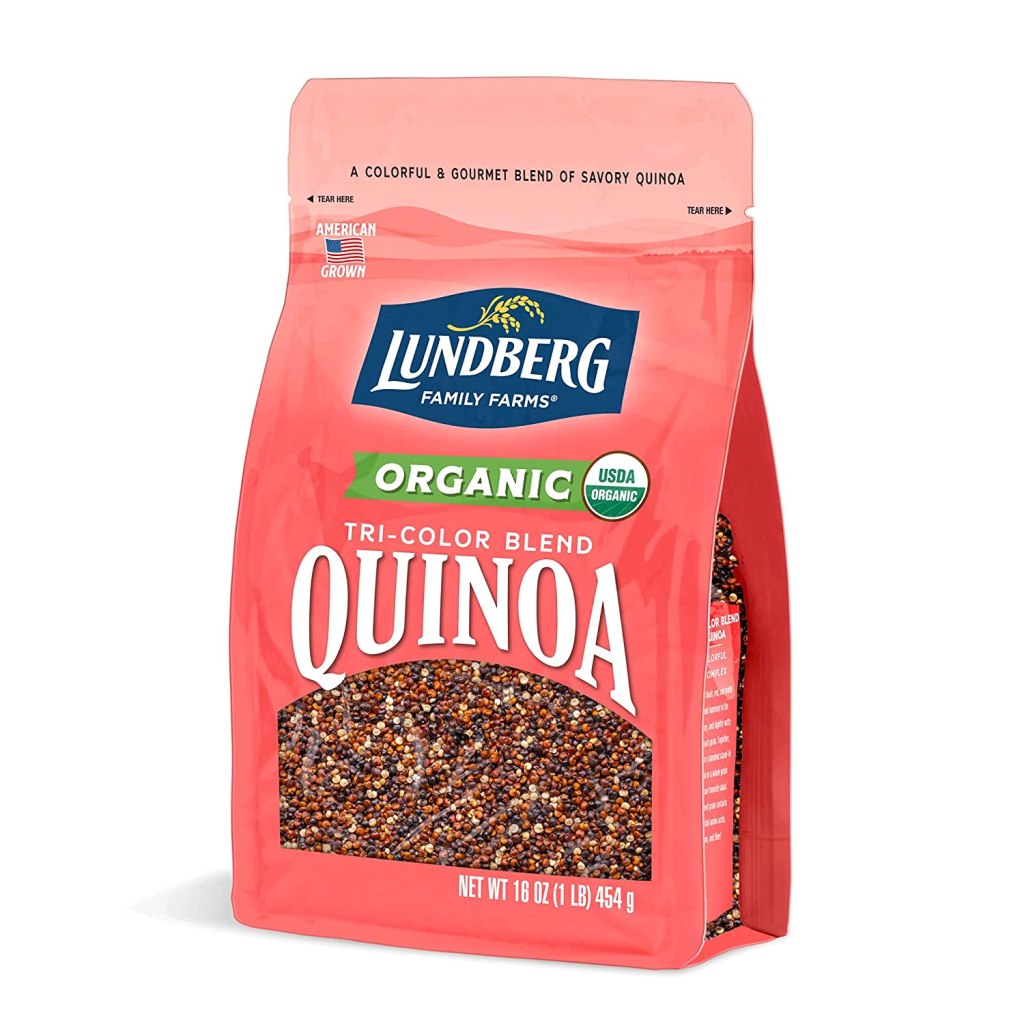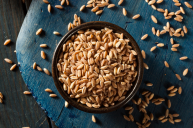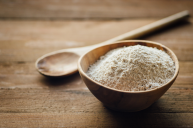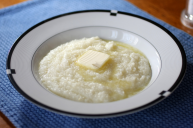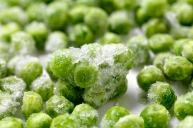Ten years ago, many Americans had never even heard of a seemingly new grain pronounced "keen-wah," much less know how to actually cook quinoa. But within the last decade, this nutritious little seed has taken North America by storm and is often used to replace grains like couscous or other similar grains. What does quinoa taste like? And is it worth eating? While it may be dismissed as a vegetarian fad by some, employed by those who prefer black beans and coconut milk, quinoa's impressive history starts long before ten years ago.
Videos by Wide Open Country
In fact, it begins more than 5,000 years ago.
A Long History
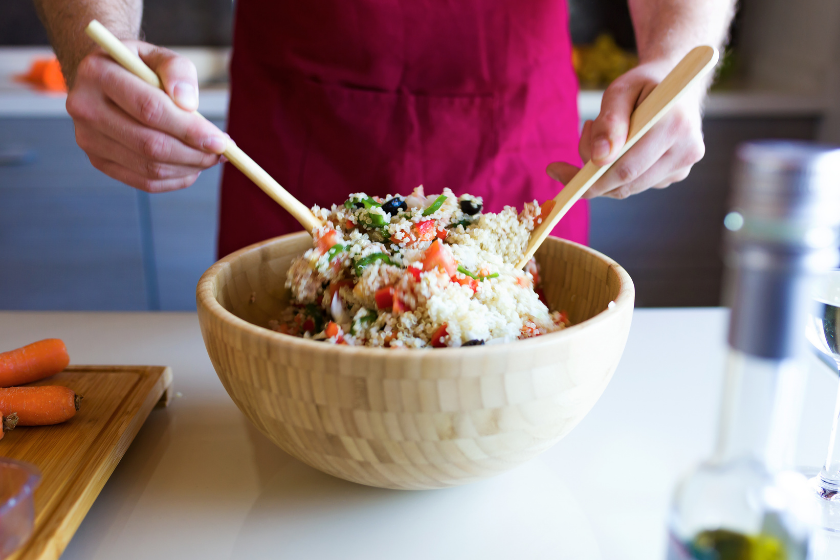
Thousands of years before Spanish conquistadors arrived on American shores, quinoa was cultivated high in the Andes. The seeds were endemic to the Andean highlands that range from Colombia to southern Chile, and it's believed this ancient crop was domesticated multiple times beginning between three and five millennia ago. Referred to as chisaya mama or "mother grain" in the Incan language, the crop carried significant religious significance in addition to being a staple food item, eaten as often as potatoes and maize. The word "quinoa" originates from the Spanish spelling of the Quechua name, "kinwa." According to historic accounts, the Incan Emperor would traditionally plant the first quinoa seeds of the season using "golden implements," and the resulting crops were considered sacred gifts from the gods.
As the Spanish colonized South America in the 16th century, many non-native crops were introduced into agriculture for Spanish consumption, including wheat and barley. These conquistadors enslaved indigenous farmers, sending them into the gold mines of Peru and Bolivia. Many historians believe the conquistadors refused to cultivate quinoa due to its religious importance in the face of forced Catholic conversion. Others speculate that the Europeans likely did not understand how to remove the saponins, the chemicals covering the seeds that work as a natural insecticide throughout the growing process but provide a bitter flavor.
Throughout the continent, quinoa increasingly became a marginal crop, exclusively associated with the lower rungs of society and only grown by poor subsistence farmers.
A True "Superfood"
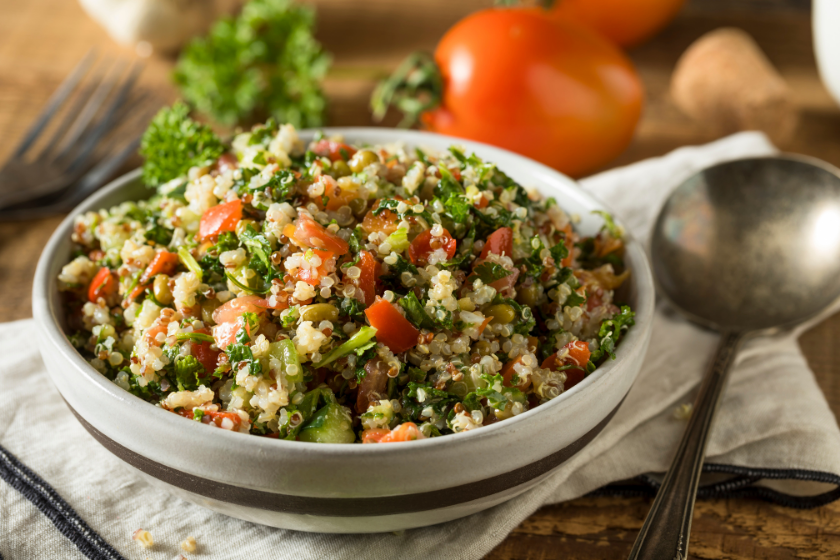
Historians have attributed the massive success of the Incan empire, at least in part, to its ability to feed such a large and sprawling population. The empire relied on the cultivation of quinoa, as it is almost nutritionally perfect, providing the essential amino acids (such as lysine) that most grains lack. This pseudo-cereal is often called a superfood not only because it is a complete protein, but also because it is full of fiber as well as vitamins and minerals including magnesium and folate.
Although it is not technically a cereal grain as it's not a member of the grass family—rather, it's botanically part of the goosefoot family, close to other nutritional powerhouses like spinach and beets—a cup of quinoa can often seamlessly replace rice or couscous.
At a time when demand for gluten-free foods is at an all-time high, the protein content of quinoa makes it an excellent grain to start replacing the carbohydrates in your diet with.
What Does Quinoa Taste Like and How Do You Cook It?
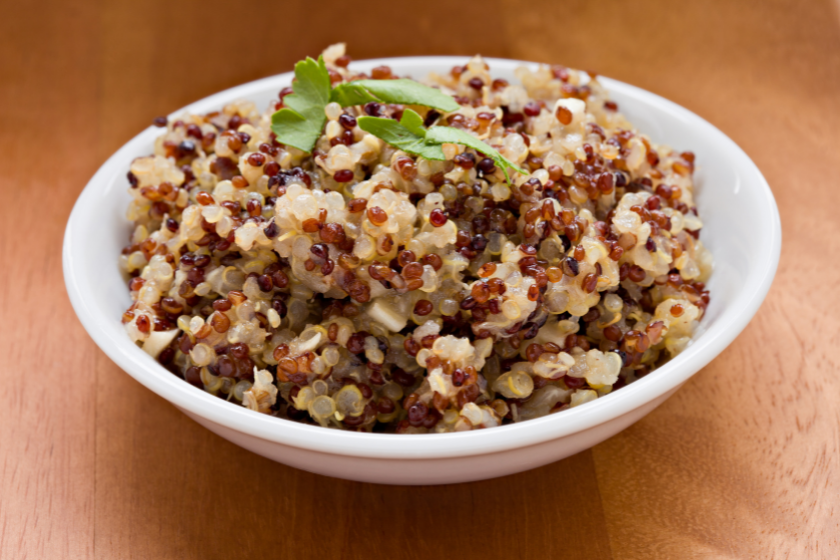
While the leaves can be harvested and sautéed like spinach, quinoa seed is what you'll typically find sold in stores. With a robust and nutty flavor similar to brown rice, it's easily turned into a side dish or a healthy and light main, like with a quinoa salad.
While your preferred brand may come pre-washed, it is always a good idea to rinse quinoa in a mesh strainer under running water, as the remnants of the soap-flavored natural coating might still be lingering around. Skipping this step may lead to a bitter flavor in your final dish!
Lundberg Family Farms - Organic Quinoa Tri-Color Blend
Although easily cooked with a tool like an Instant Pot, I prefer to cook my quinoa on the stovetop. Start the uncooked quinoa in boiling water, much as you would white rice, or use chicken broth or vegetable broth for a more flavorful cooked grain. Cover your pot, bring the high heat down to low, and simmer for 15 to 20 minutes. The exact cooking time will depend on your brand and your stove. Once the water is gone and the quinoa is cooked through, fluff with a fork to release steam and prevent the seeds from becoming gummy.
And don't fret. When walking down the aisles of the grocery store, it's easy to become overwhelmed by choice. What does quinoa taste like? Does it matter which color you get? Fortunately, black quinoa, white quinoa, and red quinoa provide the same taste and nutritional power punch.
Looking to try the mother grain for the first time, or just interested in some new quinoa recipes? Try out this Quinoa Greek Salad, these Stuffed Poblano Peppers with Corn, Beans, and Quinoa, or dig into some Mushroom and Quinoa Veggie Burgers.
READ: How To Like Healthy Foods Even If Pizza Is Your Idea of a Vegetable
Products featured on Wide Open Eats are independently selected by our editors. However, when you buy something through our links, we may earn a commission.
